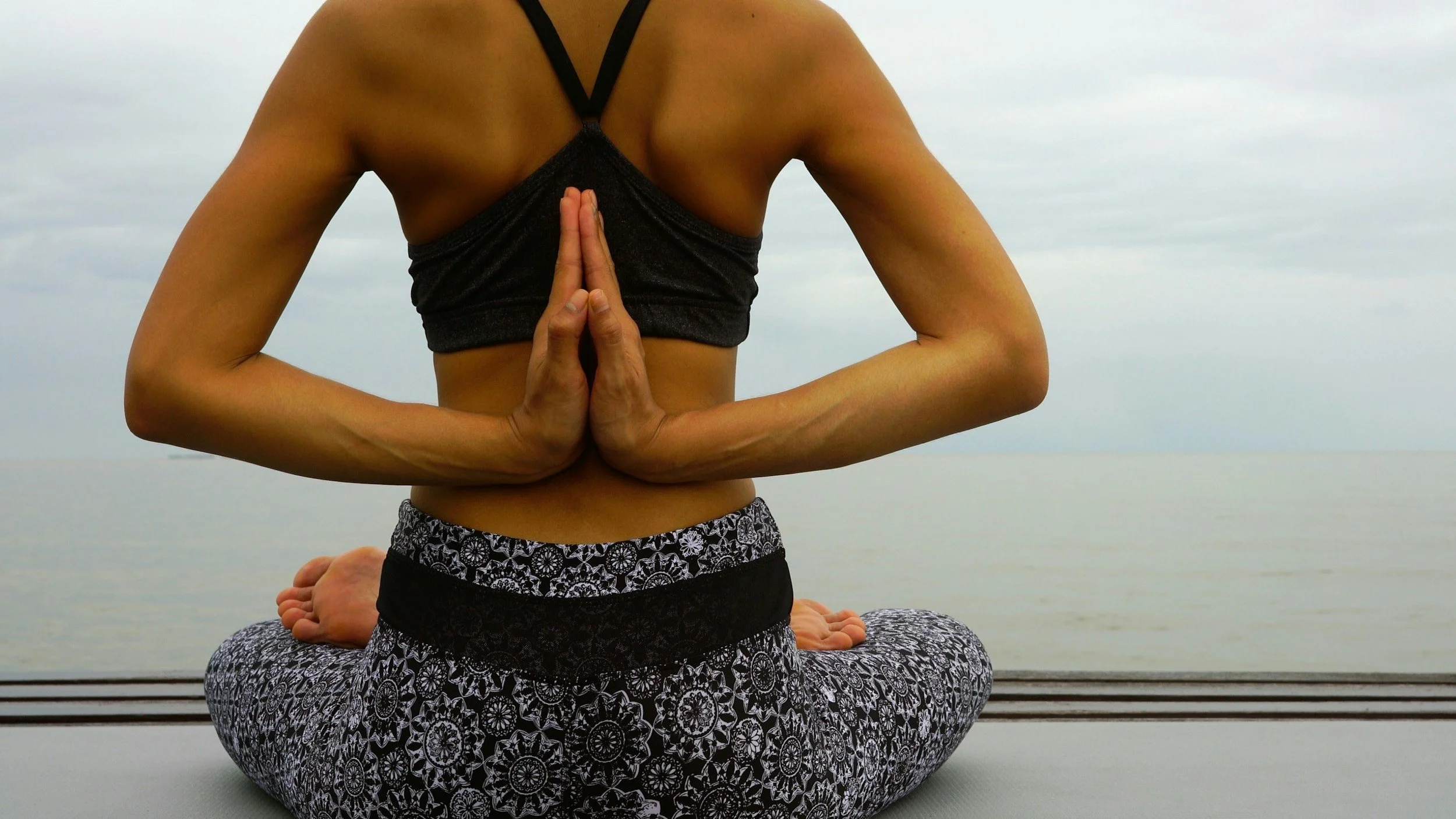Exercise as a Cancer Weapon
As your writing your resolutions list (and checking it twice), you no doubt have something about your health on there. If you haven't already added "Get more physical activity" to your list, I'm begging you to do so. I'm a major champion for exercise as a way to maintain and boost your overall health. Even better news for your health, research has found a strong relationship between exercise and cancer prevention, management, and recovery. Active prevention is a key to wellness, so pull on that spandex and let's rock and roll!
Exercise for Cancer Risk Reduction
Recent studies have produced "convincing evidence that physical activity is associated with a reduced risk of cancers of the colon and breast" (NCI, 2011). Even better, research has shown a relationship between physical activity levels and risk for prostate, lung, and endometrial cancer
Exercise for Prevention
Colon Cancer: Exercise is thought to help prevent against colon cancer and tumor development because of its role in "energy balance, hormone metabolism, insulin regulation, and by decreasing the time the colon is exposed to potential carcinogens." In addition, getting enough physical activity can "alter a number of inflammatory and immune factors, some of which may influence colon cancer risk" (NCI, 2011).
Breast Cancer: Research has also shown a connection between exercise and breast cancer development. "Physical activity may prevent tumor development by lowering hormone levels, particularly in premenopausal women; lowering levels of insulin and insulin-like growth factor I (IGF-I), improving the immune response; and assisting with weight maintenance to avoid a high body mass and excess body fat" (NCI, 2011).
Endometrial Cancer: It is thought that changes in one's body mass and in the levels and metabolism of sex hormones are major factors in physical activity's endometrial cancer risk reduction (NCI, 2011).
Prostate Cancer: Though the exact relationship between prostate cancer prevention and exercise is still unknown, the benefits "may be related to changes in hormones, energy balance, insulin-like growth factors, immunity, and antioxidant defense mechanisms" (NCI, 2011).
Exercise During Treatment
For those who are currently cancer patients, "two and a half hours of exercise a week could lower a breast cancer patient’s risk of dying or cancer recurrence by 40% and could reduce a prostate cancer patient’s risk of dying from the disease by about 30%" (O’Connor, 2011). According to the American Cancer Society, "too much rest may lead to loss of function, muscle weakness, and reduced range of motion in the person with a chronic illness" (ACS, 2010). The ACS lists some of the ways regular exercise may help cancer patients during treatment:
"Keep or improve your physical abilities
Better balance, lower risk of falls and broken bones
Keep muscles from wasting due to inactivity
Lower the risk of heart disease
Lessen the risk of osteoporosis (weak bones that are more likely to break)
Improve blood flow to legs and lower risk of blood clots
Make you less dependent on others to do normal activities of daily living
Improve your self-esteem
Lower the risk of anxiety and depression
Lessen nausea
Improve your ability to keep social contacts<
Fewer symptoms of tiredness (fatigue)
Help you control your weight
Improve your quality of life" (ACS, 2010)
Cancer patients should keep in mind that any exercise program should be approved by their doctor, and that it is okay not to exercise for a few days when feeling poorly. Survivors may be able to do exercise at a higher intensity or for a longer duration, but they should still check with a doctor first.
Exercise Suggestion for Cancer Patients & Survivors
Despite the health benefits, "recent studies have shown that more than 50% of Americans do not engage in enough regular physical activity" (NCI, 2011). Those who have not been diagnosed with cancer would do well by following the 2008 HHS Physical Activity Guidelines for Americans. Cancer patients and survivors benefit most from light-to-moderate exercise that is done regularly. Please consult your physician before beginning any exercise regimen.
If you are comfortable with and able to be around other people, patients and survivors may enjoy mall walking. Traditionally thought to be for "old people," mall walking is safe, comfortable exercise that is appropriate for anyone. The temperature-controlled environment and consistently-level ground eliminates some of the worry that may come from walking outside or on a treadmill. A half-hour walk a few times a week will greatly benefit patients and survivors.











